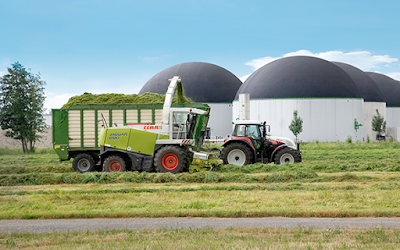The results of The
Big Butterfly Count 2016 have been released.
Species results and more information for 2016 can be found
at
While the long-term trends of butterflies and moths tend to
result from human activities such as habitat destruction and climate change,
short-term changes, from year to year, butterfly generation to generation, are
typically caused by natural factors such as the weather and populations of
parasites. So, in cold, wet summers, such as in 2012, butterfly populations
often crash, while in good summers, such as 2013, they bounce back.
The results of big butterfly count 2016, however,
don't fit this pattern. It was a pretty good summer, with above average
temperatures and yet butterflies on the whole fared badly.
The average number of individual insects of the 20 target
species seen per 15 minute count was the lowest recorded since the project
began in 2010! A mere 12.2 individuals per count were recorded, down from 13.4
per count in 2015, 14.7 in 2014 and a whopping 23 per count in 2013.
Over half of the big butterfly count target
species decreased in 2016 compared with the previous year e.g. Small Copper,
Common Blue, Holly Blue, Peacock, Small Tortoiseshell, Gatekeeper.
It wasn't all doom and gloom, however. Seven species were
counted in greater numbers than during big butterfly count 2015 e.g. Red
Admiral, Green-veined White showed an increase.
(Did you notice a lack of butterflies? We certainly noticed
that there were very few caterpillars on our vegetables. Good for our crop but
not for the butterflies. It will be interesting to see the 2016 count for New
Ferry Butterfly Park).































